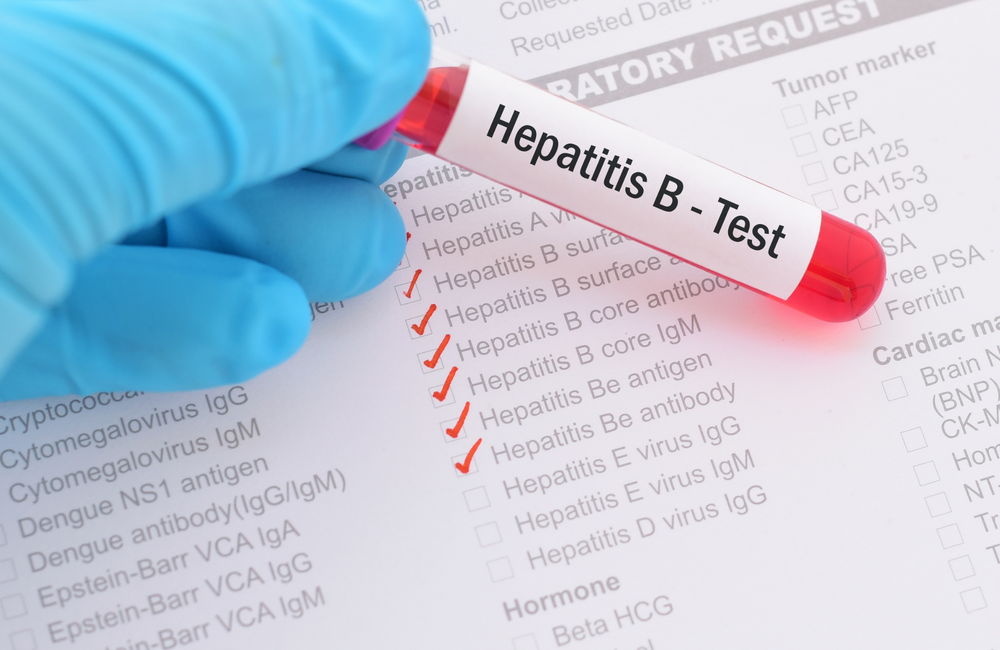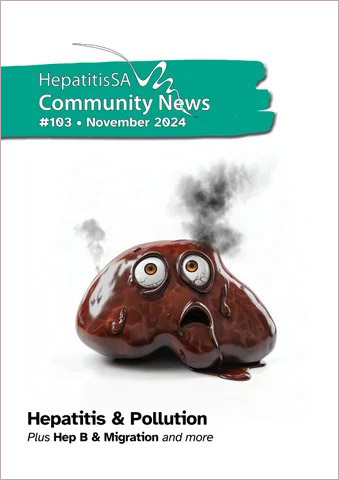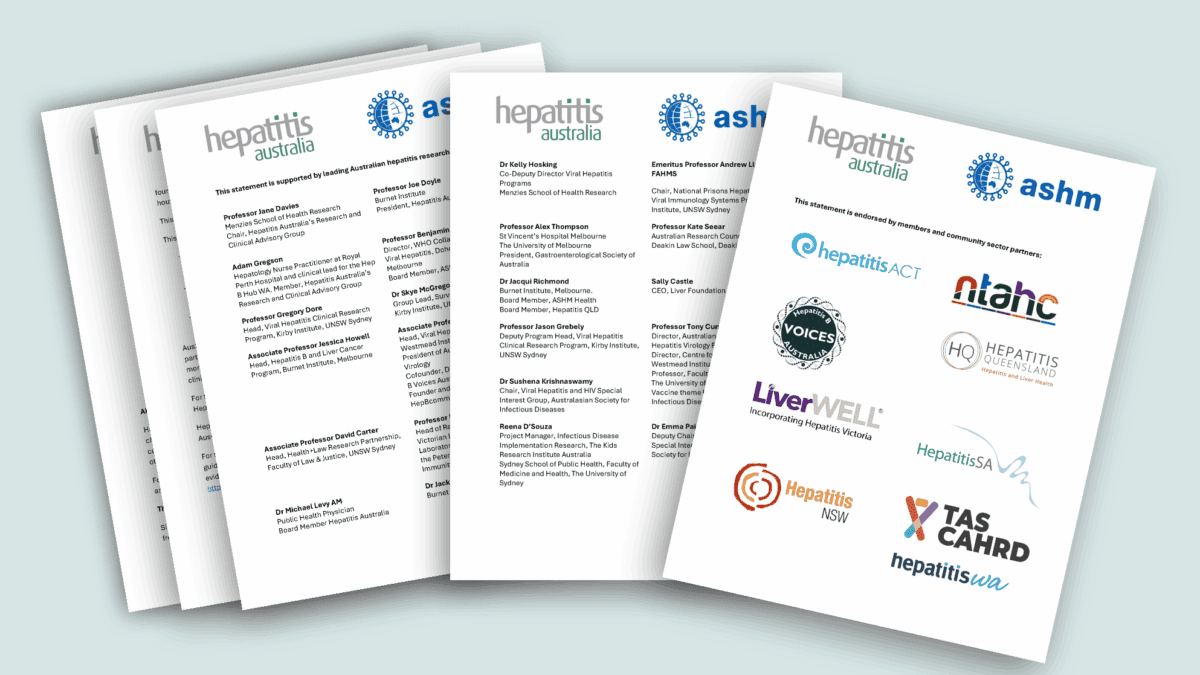Globally, fewer than 10 per cet of the people living with hepatitis B (HBV) have been diagnosed. With only a little over five years until the deadline for the World Health Organization’s target of reducing new HBV infections by 90 per cent, this is obviously a major problem. In addition, many of these undiagnosed people are also living with hepatitis D (HDV: a virus which can only survive in the blood of people already living with hepatitis B), which often means that they suffer worse symptoms and faster damage from their hepatitis infection.

A major part of the problem is that rates of HBV and HBV-HDV infection are often highest in countries that not only have lower access to treatment (which leads, of course, to a vicious cycle of new infections) but also to basic diagnostic tools. To try to quantify the problem, the International Coalition to Eliminate HBV (ICE-HBV) surveyed as many health networks across the world as they could, with most responses coming from sub-Saharan Africa, South or Southeast Asia, and Europe.
Increasing HBV screening and optimising strategies to prevent mother-to-child-transmission were considered the highest priorities in achieving HBV elimination by most responders. Only 59 per cent of respondents from sub-Saharan Africa, and 66 per cent of respondents from South or Southeast Asia, said universal HBV screening of pregnant women during antenatal visits was routinely performed at their clinics.
Major barriers to performing HBV screening for pregnant women were lack of clinic attendance, low awareness among health-care workers and obstetricians, and the basic unavailability of tests in many areas (see below).
The need to increase access to antiviral therapy, hepatocellular carcinoma surveillance, and strategies to monitor liver disease severity were also noted by more than half of respondents as top priorities, and almost half of respondents reported inadequate training and resources available to health-care workers for hepatitis B management.
As to the availability of tests, the data was quite mixed.
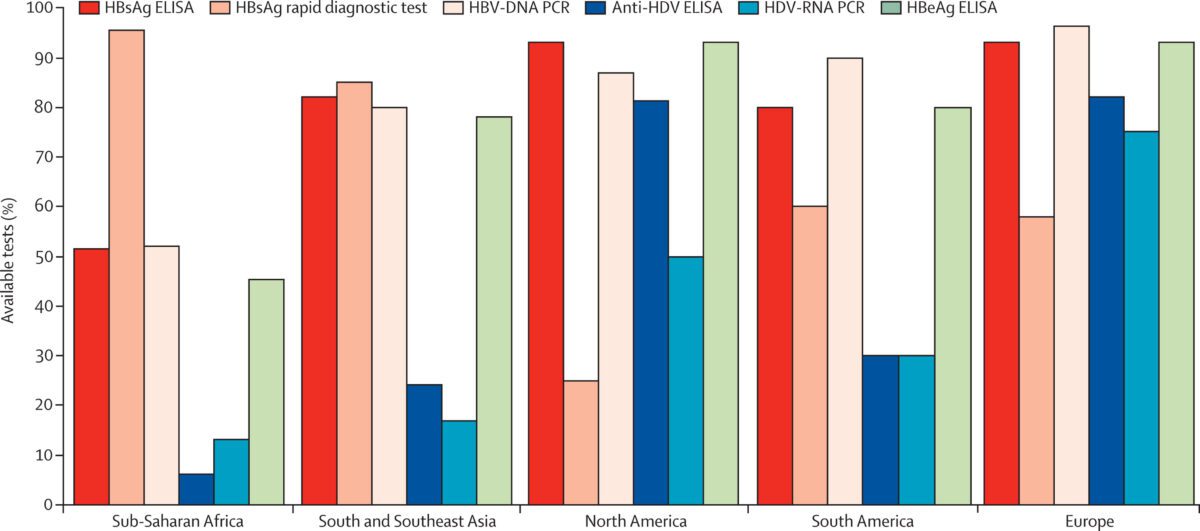
Healthcare workers in Sub-Saharan Africa, South America and South and Southeast Asia had the worst access to HDV-specific tests, while African workers also lacked access to other tests as well (including hep B DNA tests, which are widely available elsewhere), except for the hepatitis B antibody rapid diagnostic test, which was fortunately widely available–much more so, in fact, than for workers anywhere else in the world, including Europe and North America.
Almost three quarters of survey respondents agreed with that it was sensible to use someone testing positive to a hep B antibody test as a basic surrogate for assuming they had high levels of hepatitis B virus itself, in terms of providing therapy for pregnant women, given the potential positives for both the woman and her unborn child(ren).
Only a fifth of respondents reported routine hepatitis D screening among hepatitis B antibody-positive clients, with the rates being even lower in sub-Saharan Africa (3%) and South and Southeast Asia (12%).
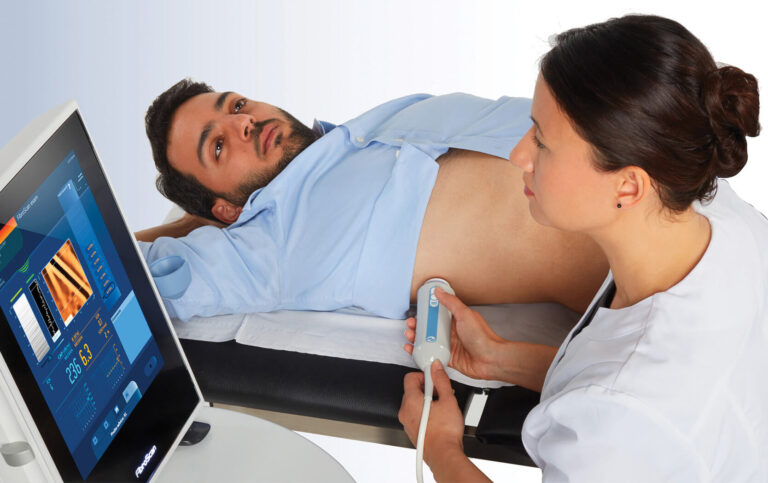
Almost three quarters of respondents also strongly agreed that advanced hepatic fibrosis was a top priority for treatment, and fibroscans are considered the most valuable tool for this. Point-of-care assays for alanine aminotransferase or aspartate aminotransferase, in addition to HBV DNA, were considered valuable by almost everyone for providing HBV care in their settings.
The World Health Organization has endorsed the use of dried blood spot tests for HBV when collection, storage, or transport of peripheral blood are not feasible, but only a third of the survey responders said that they had access to laboratories which could usefully process dried blood spot samples.
Being able to accurately and easily screen and identify those living with chronic hepatitis B is essential to achieve global elimination. A focus on pregnant women is vital, given how commonly hepatitis B is passed on from mother to child. This survey shows what needs to change and where resources need to be targeted to help make elimination a truly global process.
To accelerate hepatitis testing globally, the World Hepatitis Alliance will launch the first-ever World Hepatitis Testing Week in November 2024. Look out for updates on HepSA Community News and the Hepatitis SA Facebook page.
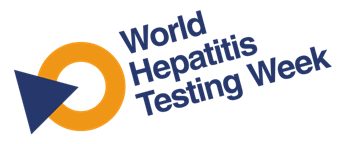
Last updated 10 April 2025
More from:
Enjoyed this article? Subscribe to be notified whenever we publish new stories.
Subscribe for Updates
